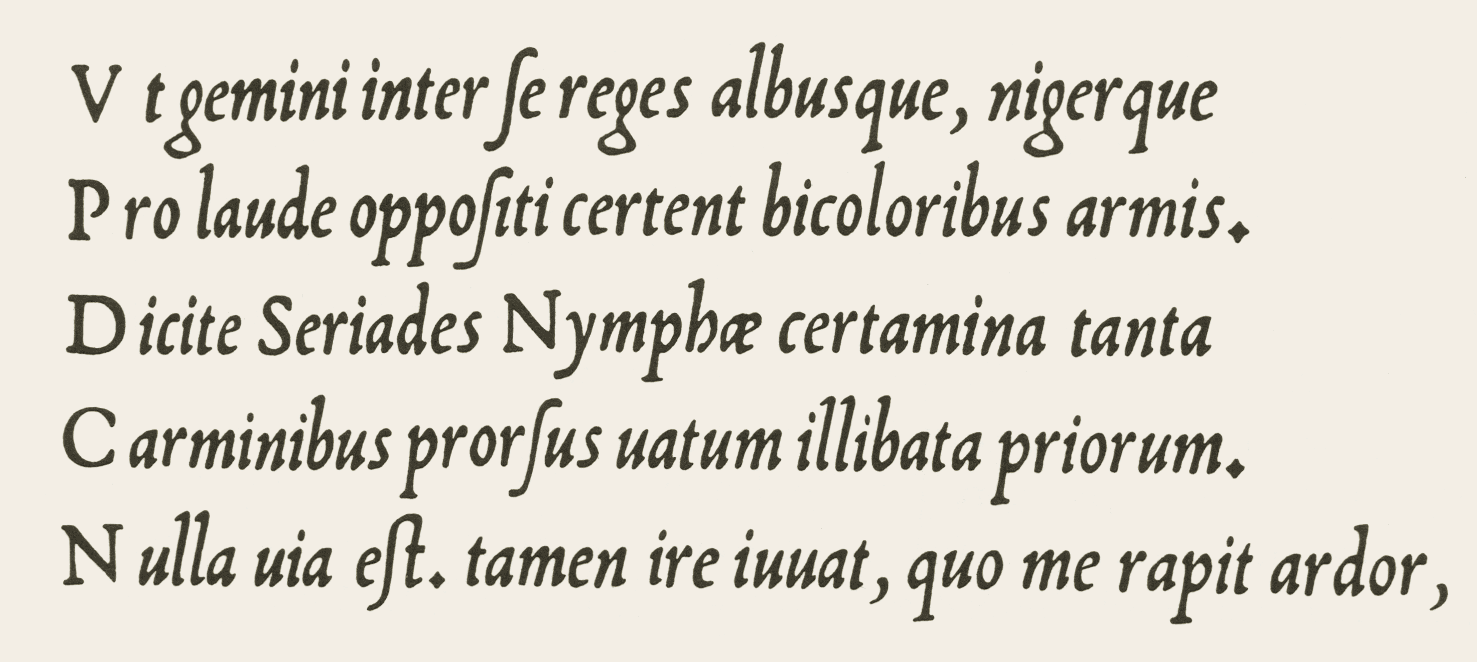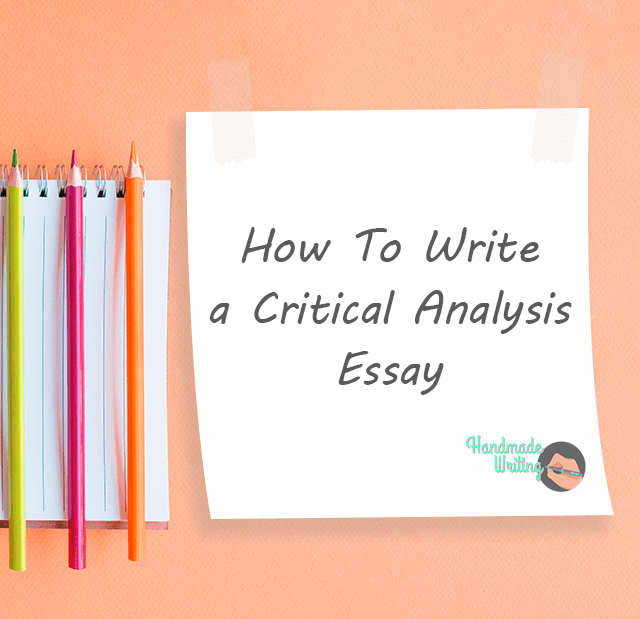How to write a good abstract for a scientific paper? There are three basic tips to help you craft an abstract that’ll get your paper noticed. Keywords, standard or required structure, and fresh eyes are all crucial for a compelling abstract. Read through these tips to write a research abstract that stands out from the crowd. Listed below are the three main tips:
Keywords
If you’re unsure how to write an abstract for a research paper, here are some tips that can help you get started. Remember that your abstract is your surrogate for the research paper’s main text. It should answer the reader’s questions without being too wordy or jargon-laden. The key to an informative abstract is to avoid the use of technical jargon and instead use non-technical terms and phrases to make your work more accessible to readers.
An abstract describes the major points of your entire paper, allowing readers to understand its focus, purpose, and results. It usually contains the purpose of your study, the problem or issue that you’ve tackled, the methods and procedures that you used, and the results of your research. It should also identify any gaps that need to be addressed further. In general, the abstract should be less than 200 words, but it should be clear enough to give your reader a good idea of your paper’s main points.
Standard or required structure
Writing a good abstract requires a certain amount of skill. You should be aware of the required structure of an abstract and the required content. The structure of an abstract should be compact and expandable, merging to produce a more holistic effect. The structure of an abstract should follow specific conventions, including the length of the body of the abstract, the number of paragraphs, and style. If you’re unsure of what to include in your abstract, check the guidelines on the target journal’s website.
An Abstract should contain key words that will help readers find the content they’re interested in. The key words should guide readers as they decide if they want to read the entire dissertation or not. For example, in a paper about the human genome project, you should describe what the objectives are and what questions are raised. You can also prove that genetic engineering raises ethical issues for scientists. After all, these people are the ones who will be reading your abstract!
Fresh eyes
Before submitting an abstract, check it thoroughly for any grammatical and spelling errors. Make sure to follow the right format and cite your sources appropriately. If you can’t make sense of the abstract, go back and make some changes. Having fresh eyes will improve the quality of your abstract and make it much more attractive to the readers. A good abstract can grab the attention of readers and earn them your paper.
If you haven’t written an abstract for a research paper in a while, consider reading some published articles. You might even discover new ideas and come up with new ideas. However, when it comes to writing an abstract, make sure to follow the style manual. APA style describes the abstract as one of the most important paragraphs in the paper. It is important to pay careful attention to the details, so take your paper to a writing lab to get some feedback.
Sticking to a standard or required abstract structure
While writing your abstract, make sure to use the same format as the rest of the paper. The two pieces should be compact but can merge together to create a holistic effect. Use a checklist to ensure your abstract is comprehensive. It is not uncommon to find a template for abstracts at conferences and on the internet. The abstract should be written in an accessible font and double-spaced. Make sure you include keywords for easy online searching. Use keywords that accurately represent the paper. Make sure that your keywords are specific, italicized, and indented.
An abstract should convey the right amount of information without overwhelming the reader. The order of information should be logical, avoiding long explanations and unanswered questions. The introduction should give the reader an overview of the paper and explain the topic, purpose, and research question(s) in a simple manner. Statistics should be reported parenthetically. Sticking to a standard or required abstract structure for a research paper should help make the writing process easier and more efficient.
Including keywords
To write an effective abstract, it is important to use keywords that indicate your research topic. These keywords should be closely related to the subject. For example, if you are writing about cardiovascular diseases, your keywords might include the terms stroke, circulatory system, and blood. Journals usually ask for three to eight keywords, so make sure you have at least four ready to go before you begin writing. You can always add more based on the journal’s specific submission requirements.
Ideally, the abstract is one paragraph long, with a one-inch margins on all sides. Depending on the journal, the title and keywords may be written in bold. The title and keywords should be at the top of the abstract, with the running head aligned to the left. The abstract should be placed on the second page of the paper; the first page is for the title. The keywords section should be indented and italicized, but the rest of the text should be left without formatting.
Conclusion section
The Conclusion section of a research paper is a summary of the main points of the research. It should contain a few sentences that will summarize the contributions of the research paper. In some cases, it might be more appropriate to include negative details as they will make the paper more interesting and relatable. A research paper must include both positive and negative results to ensure a well-rounded understanding of the subject. The conclusion should convey a sense of confidence and completeness to the reader.
The conclusion section should tie up the research paper’s main ideas and arguments. It should not be repetitive, as this will only irritate your reader. The conclusion should also avoid repeating information in the body of the paper. The conclusion should also avoid repetition of ideas and arguments. In addition, a strong conclusion should shed new light on an old idea, providing new perspectives or insight. The conclusion is the most important section of a research paper.



